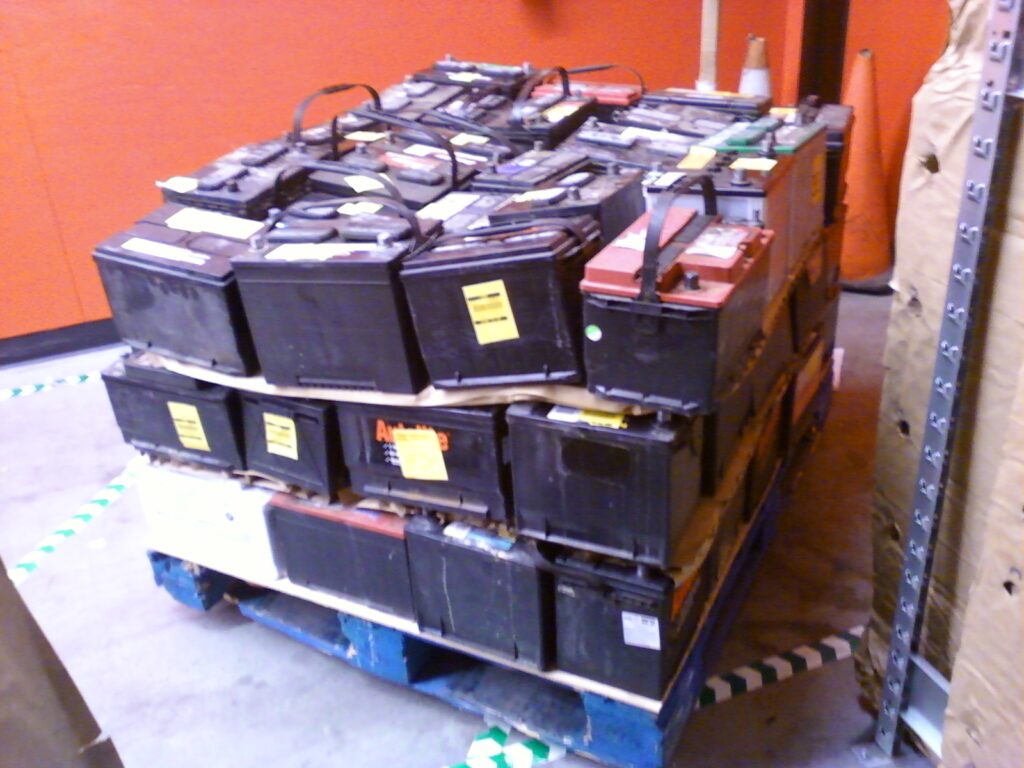Wastematerial Leads the Charge in E-Waste Management
BEST E Waste Management Companies In an era defined by technological advancements, the rapid pace of innovation has given rise to a concerning byproduct – electronic waste, or e-waste. As the world becomes increasingly digitalized, the need for responsible e-waste management has never been more critical. In this blog post, we delve into the dynamic landscape of best e waste management companies, with a spotlight on the industry leader, Wastematerial. The Growing Challenge of E-Waste As technology evolves, so does the quantity of electronic devices being discarded. E-waste encompasses a wide array of electronic products, including smartphones, laptops, tablets, and other gadgets. The improper disposal of these items poses significant environmental and health risks, as electronic devices often contain hazardous materials such as lead, mercury, and cadmium. Wastematerial Wastematerial stands out as a beacon of sustainability in the realm of best e waste management companies. The company’s commitment to environmental responsibility is reflected in its comprehensive approach to handling electronic waste. From collection and transportation to recycling and disposal, Wastematerial ensures that every step of the e-waste management process adheres to the highest standards. Cutting-Edge Recycling Technologies Wastematerial invests heavily in state-of-the-art recycling technologies, enabling the extraction of valuable materials from electronic devices while minimizing environmental impact. The company employs advanced methods to dismantle and process e-waste, ensuring that precious metals, plastics, and other reusable materials are recovered efficiently. Ethical Disposal Practices Beyond recycling, Wastematerial places a strong emphasis on ethical disposal practices. The company strictly adheres to regulations and guidelines, preventing the release of harmful substances into the environment. By prioritizing the safe and responsible disposal of best e waste management companies, Wastematerial contributes to the reduction of pollution and minimizes the potential risks associated with improper handling. Wastematerial’s Unique Approach What sets Wastematerial apart from other best e waste management companies is its holistic approach to sustainability. The company recognizes that addressing the e-waste challenge requires more than just efficient recycling processes. Wastematerial actively engages in educational initiatives, raising awareness about the importance of responsible best e waste management companies among consumers and businesses alike. Collaborative Partnerships Wastematerial understands the significance of collaboration in tackling the global issue of e-waste. The company actively seeks partnerships with manufacturers, retailers, and governmental bodies to create a unified front against irresponsible best e waste management companies. Through these collaborations, Wastematerial aims to establish industry standards and best practices that promote a circular economy for electronic devices. The Future of E-Waste Management with Wastematerial As technology continues to advance, the role of best e waste management companies becomes increasingly crucial in shaping a sustainable future. Wastematerial’s dedication to environmental stewardship positions it as a trailblazer in the industry, setting new benchmarks for responsible e-waste management. In conclusion, the best e waste management companies challenge is a complex issue that demands innovative solutions and collective efforts. Wastematerial, with its commitment to cutting-edge technologies, ethical practices, and collaborative partnerships, stands as a beacon of hope in the quest for sustainable e-waste management. As the world grapples with the consequences of a digital age, Wastematerial leads the charge towards a greener and more responsible future. FAQ Q: What is e-waste? A: E-waste refers to electronic products nearing the end of their useful life, such as computers, mobile phones, TVs, and other electronic devices. Q: Why is e-waste management important? A: Proper e-waste management helps prevent environmental pollution by safely disposing of hazardous materials and promotes the recycling of valuable resources. Q: What are the risks of improper e-waste disposal? A: Improper disposal of e-waste can lead to environmental contamination, health hazards, and the loss of valuable resources. Q: How can I dispose of e-waste responsibly? A: Look for certified e-waste recycling centers or companies that specialize in e-waste management. They can ensure that your electronic devices are recycled or disposed of safely. Q: What should I do before disposing of my electronic devices? A: Before disposing of electronic devices, make sure to remove any personal data and sensitive information to protect your privacy. Q: What does the e-waste recycling process involve? A: The e-waste recycling process typically includes collection, dismantling, sorting, shredding, and recycling of materials such as metals, plastics, and glass.
Wastematerial Leads the Charge in E-Waste Management Read More »





